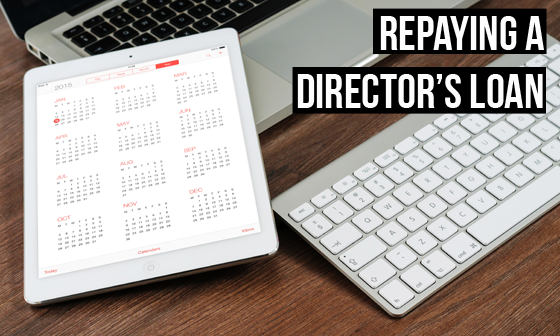If you’ve borrowed money from your company, you’ve taken what’s called a ‘director’s loan’. That is, if you’re the director of a company who has withdrawn funds from your business other than your salary with the intention of repaying the funds to the account.
For sole traders and partnerships, borrowing money from your business is considerably more straightforward.
However, when working as an entrepreneur with a close company, this area can get slightly tricky - especially if your director’s loan account becomes overdrawn, and because you may be required to pay tax on the amount.
An overdrawn director’s account means that you have borrowed more money than you have put into the company.
Your company’s responsibility
Depending on how long it takes to repay the loan, the total amount, you will be expected to treat the loan a certain way:

- If you repay the loan within 9 months of filing your Corporation Tax accounting period and the amount you borrowed is less than £5,000, you will need to include form CT600A in your tax return.
- If you borrow £10,000 (or £5,000 plus an additional £5,000 within 30 days), you will still need to include the form and pay 25% of the original loan amount. The same applies if you borrow more than £15,000. In both cases, after the loan has been completely repaid, you can claim corporation tax but not interest. As of April 6th, 2016, an extra 32.5% tax must be paid on outstanding loans.
- If it takes longer than 9 months after your tax accounting period to repay the loan, the same requirements apply. However, interest should continue to be added until the loan is paid in full and it is not possible to claim the interest after the loan is repaid.
Your responsibility as director
If the loan needs to be written off, and the director is not considered a ‘participator’ (which means also a shareholder) Class 1 National Insurance should be deducted and you will need to pay income tax on it when filing your Self Assessment tax return. It should be considered a benefit in kind.
If the director is also considered a participator, the released amount can be considered a distribution.
For more details, visit HMRC’s page on director’s loans.
Managing a director’s loan in Debitoor
With Debitoor, one way to handle a director’s loan is by opening up a new account under your ‘Payments’ tab.
By creating an account with a negative balance, you can manage the balance due and enter payments that can be auto-matched with transfers from your personal account to your business account.
